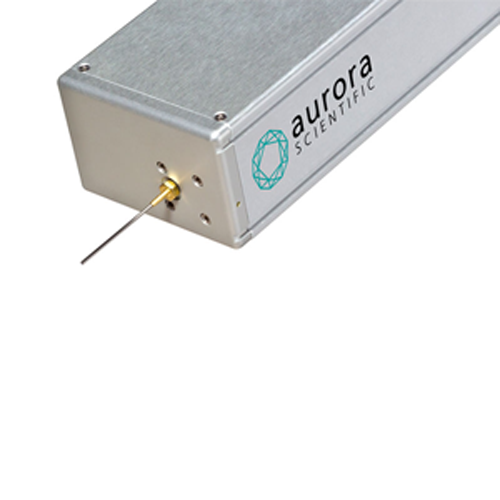company
100A: digitalPID Dispersion Sensor
-
The digitalPID (digital Photo-Ionization Detector) sensor is used to record concentration fluctuations of the dispersing gas as it passes by the sensor location. The sensors can be combined to form a grid of detectors that are ideally suited to large outdoor tests that require the sensors to be synchronized in time and controlled from a single location. digitalPID sensors have been used for numerous outdoor field trials including one trial that used 100 digitalPID sensors collecting plume dispersion data.
The sensor combines fast response, high sensitivity and microprocessor control in an easy-to-use package. It has a frequency response of 50 Hz and a detection limit of 50 ppb (parts per billion) propylene gas in air. Being self-contained it only requires a 12-volt battery for power and a communications cable for control and data collection. A built-in microprocessor allows all functions of the sensor (on/off, gain, zero, and data transmission) to be remotely controlled through the communications interface. A 20-bit charge-digitizing analog-to-digital converter provides precision conversion of the sensor output...
keyword : physiology, gas analysis, envioment, aurora scientific
- READ MORE
- QUOTE
